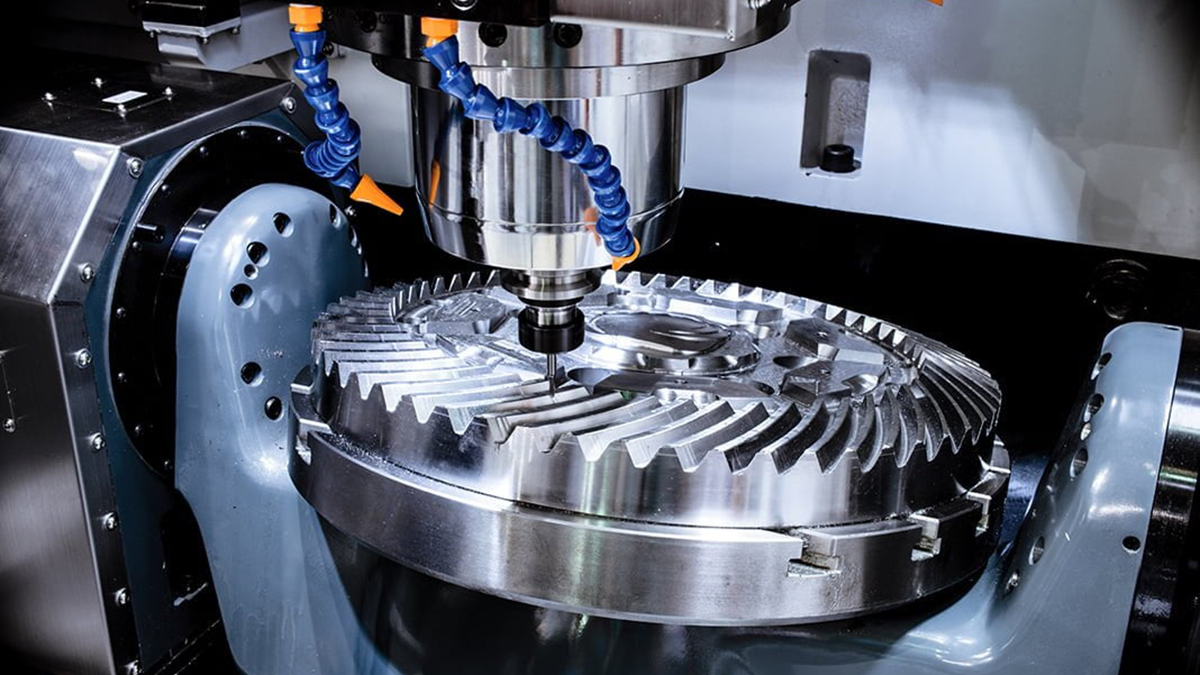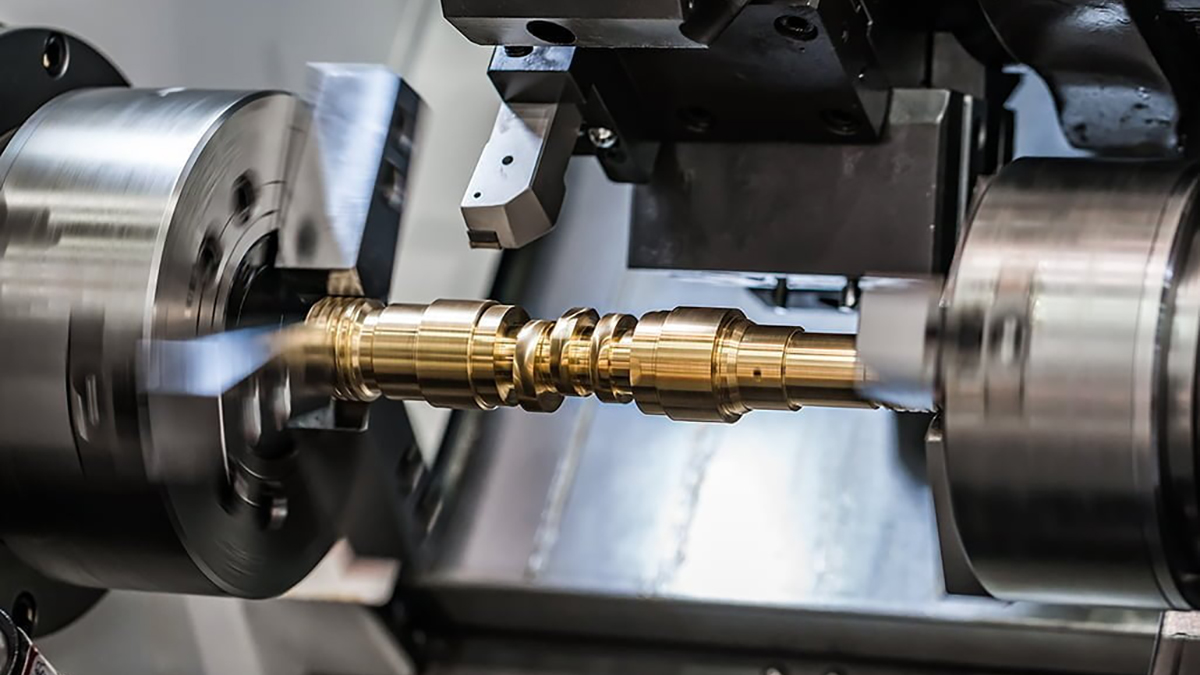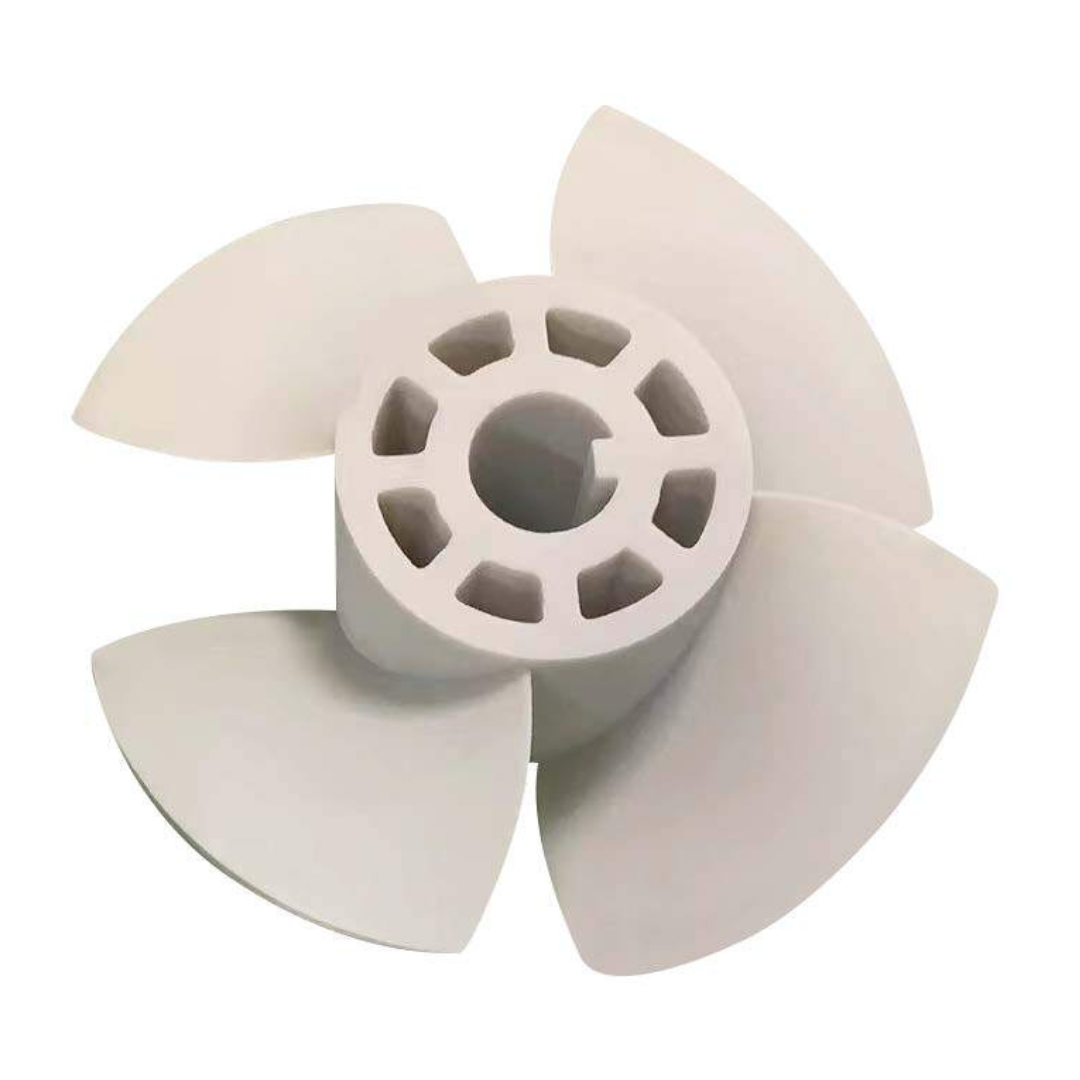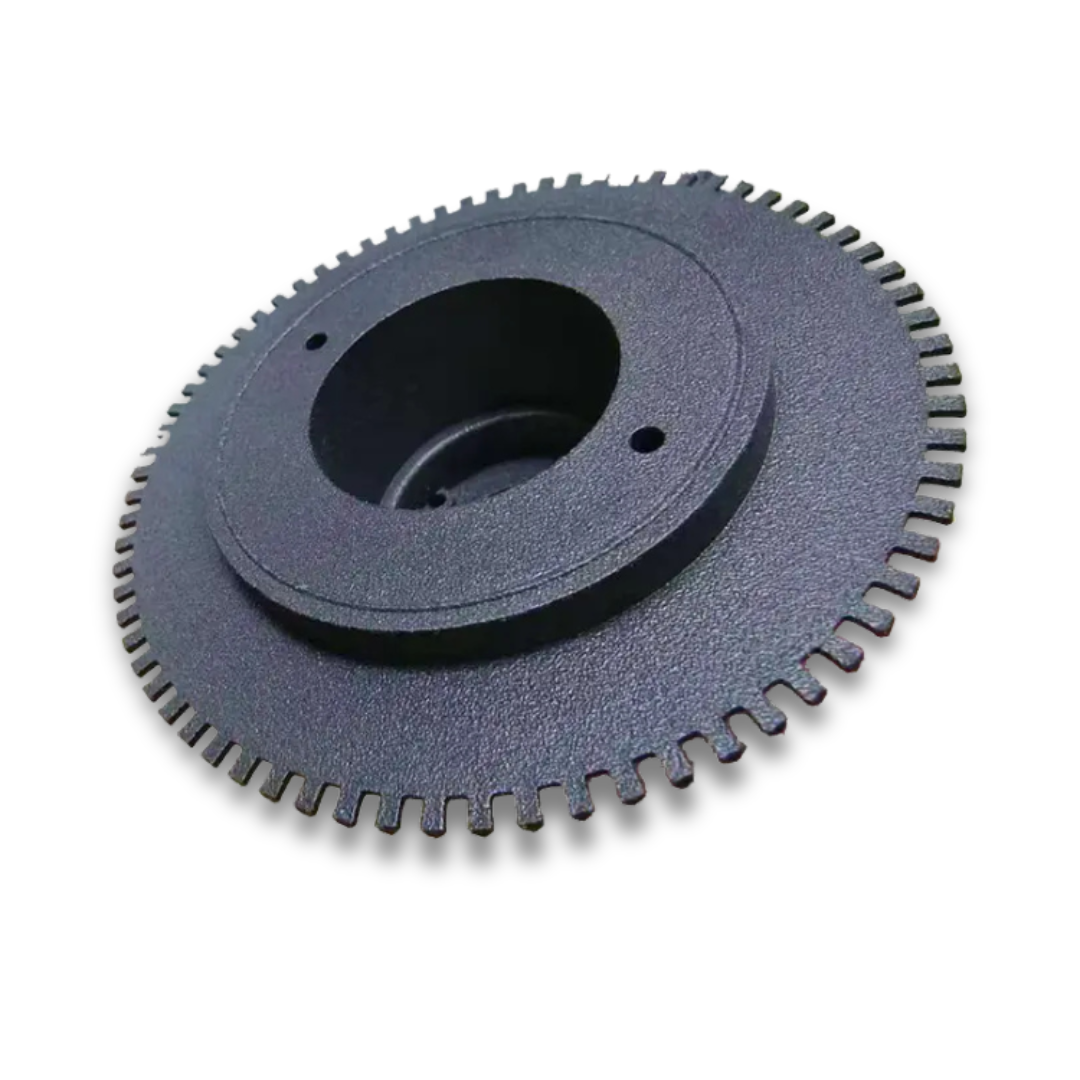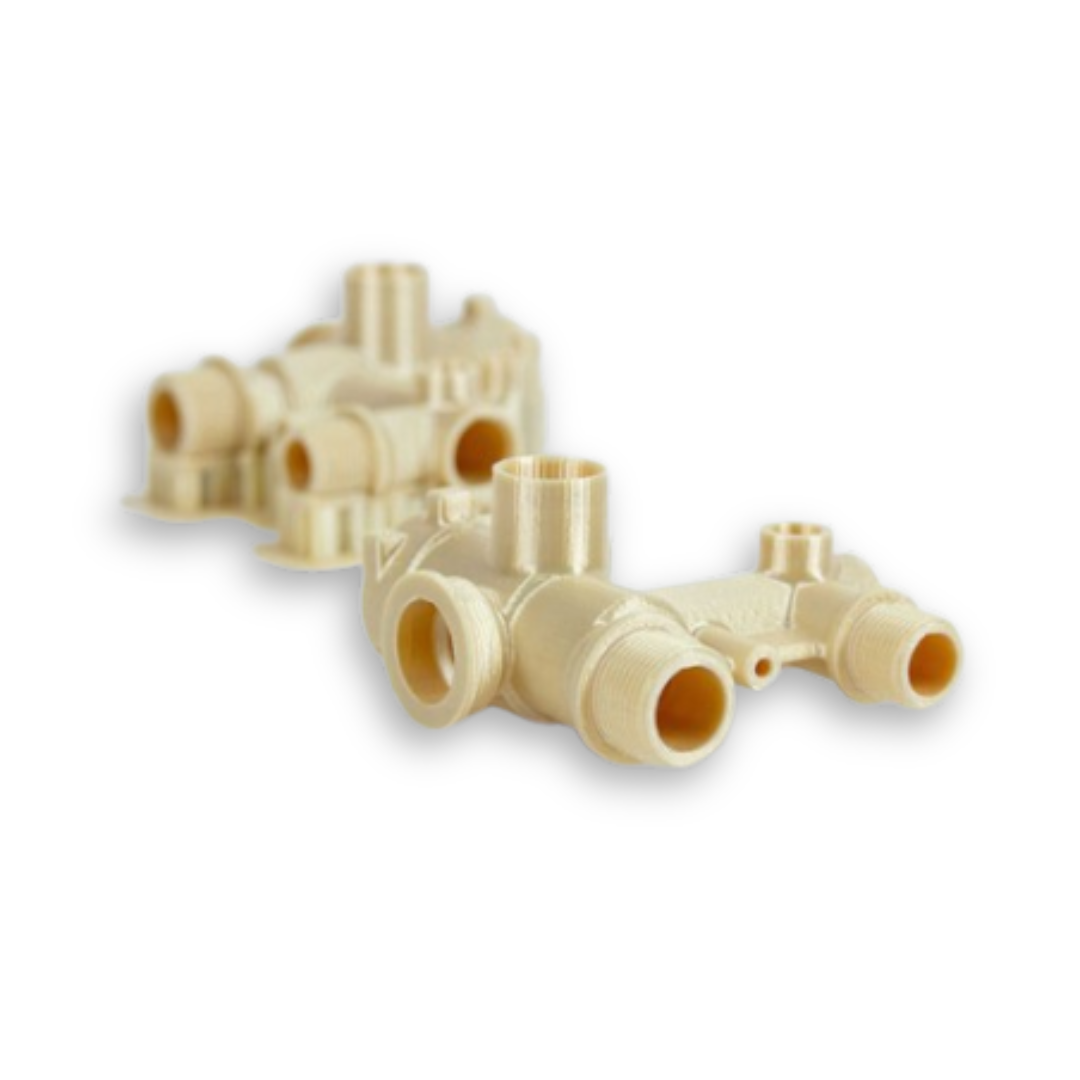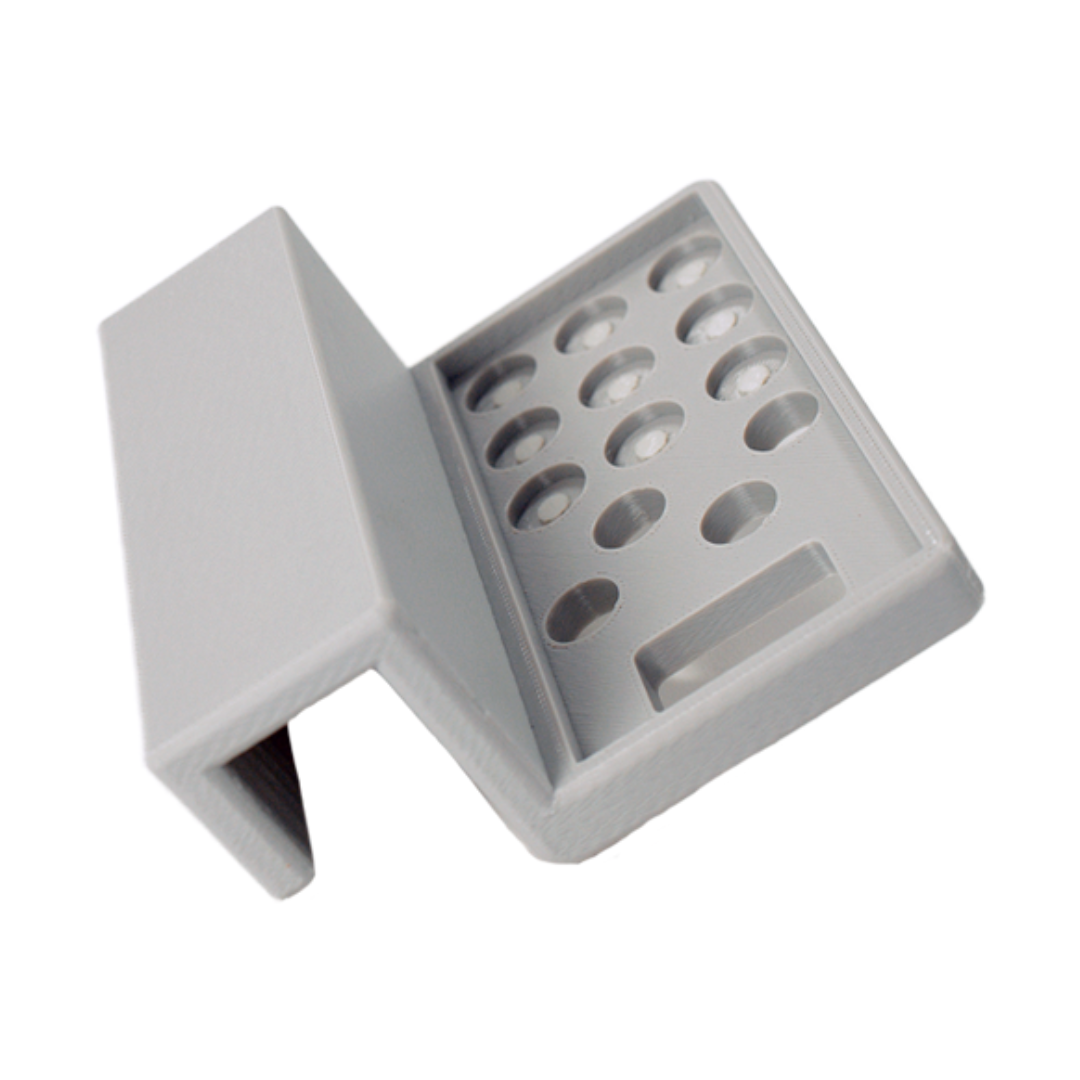CNC Machining
For engineers, product developers, and designers requiring prototyping and low-volume production, CNC is the solution. Our advanced 3-axis and 5-axis facilities deliver precise product parts, streamlining rapid prototyping and maximizing production output as well as broad varieties of surface finishing.
Manufacturing with CNC Machining
CNC machining, short for computer numerical control, involves machines controlled by a set of commands, usually in the form of G-code—a list of coordinates. Any machine controlled by this code, whether it’s a milling machine, a lathe, or a plasma cutter, is referred to as a CNC machine.
The movement of CNC machines is defined by axes, with X, Y, and Z representing the main cartesian vectors, and A, B, and C representing rotation about these axes. More advanced machines may operate in up to 5 axes.
Advantages :
- Greater accuracy, tolerance down to +/- 0.02mm
- More precise control
- Higher efficiency
- Wide range of material selection
CNC machining leaves visible tool marks during the process of removing portions of the block’s surface to create desired shapes. At Projet, we offer several common surface finishes that help improve functionality and aesthetics.
- Anodizing
- Powder coating
- Polishing
- Electroplating
- Blasting
CNC processes
CNC turning
It is a manufacturing process that entails rotating a workpiece while a cutting tool removes material, shaping the workpiece to the desired form or dimension. This automated process is controlled by computer numerical control (CNC) software.
Often used for:
- Functional prototypes and end-use parts
- Parts with cylindrical features
- Parts with axial and radial holes, flats, grooves, and slots
CNC Machining Surface Finishes
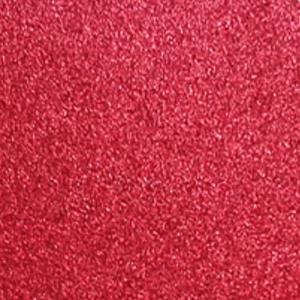 | Anodizing improves corrosion resistance, enhancing wear resistance and hardness, and protecting the metal surface. Widely used in mechanical parts, aircraft, and automobile parts, precision instruments, etc. Materials: Aluminum |
 | Bead blasting results in parts with a smooth surface with a matte texture. Used mainly for visual applications and can be followed by other surface treatments. Materials: Abs, aluminum, brass, stainless steel, steel |
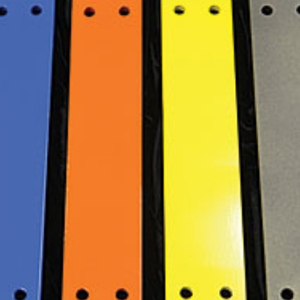 | Powder coating is a type of coating that is applied as a free-flowing, dry powder. Unlike conventional liquid paint which is delivered via an evaporating solvent, powder coating is typically applied electrostatically and then cured under heat or with ultraviolet light. Materials: Aluminum, stainless steel, steel |
 | Electroplating can be functional, decorative or corrosion-related. Many industries use the process, including the automotive sector, in which chrome-plating of steel automobile parts is common. Materials: Aluminum, steel, stainless steel |
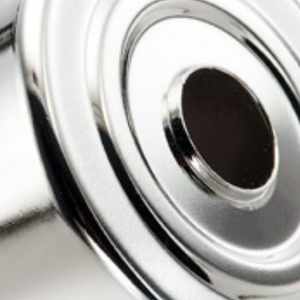 | Polishing is the process of creating a smooth and shiny surface, either through physical rubbing of the part or by chemical interference. The process produces a surface with significant specular reflection, but in some materials can reduce diffuse reflection. Materials: Aluminum, brass, stainless steel, steel |
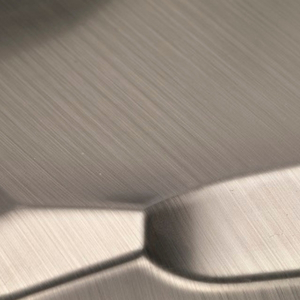 | Brushing is a surface treatment process in which abrasive belts are used to draw traces on the surface of a material, usually for aesthetic purposes. Materials: Abs, aluminum, brass, stainless steel, steel |
 | Both laser engraving and etching uses high heat from the laser beam to leave a permanent marking on the plastic part surface. The engraving creates deep marks by removing the material, whereas the etching is using high heat to melt the material. Materials: Metal, plastic |
 | Silk Screening is a printing technique that transforms a 2d image onto a 3D image. Normally a screen printing plate is made by a photochemical process. It uses the mesh to transfer the ink to the substrate. Materials: Metal, plastic |
Available materials
 | Aluminium | 5052 , 5083 , 6061 , 6063 , 6082 |
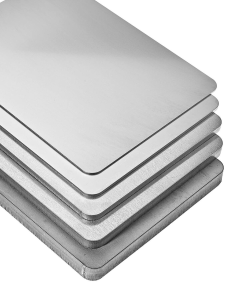 | Stainless steel | 201 , 303 , 304 , 316 , 401 , 410 , 416 , 420 , 430 |
 | Common Plastic | ABS , Nylon , PVC , Delrin (POM-H) , PET , Polypropylene (PP) , Polycarbonate (PC) |
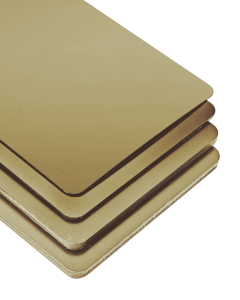 | Reinforced Plastic | PEEK |
Cap
| Material | Copper |
| Industry | E&E |
Connector
| Material | Aluminium |
| Industry | E&E |
Probe
| Material | Aluminium |
| Industry | E&E |
Casing
| Material | PMMA |
| Industry | E&E |
Connector
| Material | Stainless steel |
| Industry | Aerospace |
Connector
| Material | Aluminium |
| Industry | E&E |
Precision holder
| Material | Stainless steel |
| Industry | Automotive |
Production aid fixture
| Material | Nylon |
| Industry | E&E |
Cap
| Material | ABS |
| Industry | FMCG |
Our competencies
We are a highly dependable mechanical powerhouse with an extensive array of additive manufacturing (3D Printing) & subtractive manufacturing capabilities. Catering from one-off prototyping to low-volume production, we offer solutions that span from basic to industrial, including cosmetic finishing manufacturing.
3D Printing
SLS,SLA,SLM,FDM,MJF,PµSL
- Tolerances accuracy ± 0.02 mm
- Class 1 surface finishing
- Engineering grade material

Laser Cutting
CO2 Laser
- Bending, welding
- Stainless steel, aluminium
- Thermoplastic, tapes & gaskets
- Cutting, boring, engraving, etching
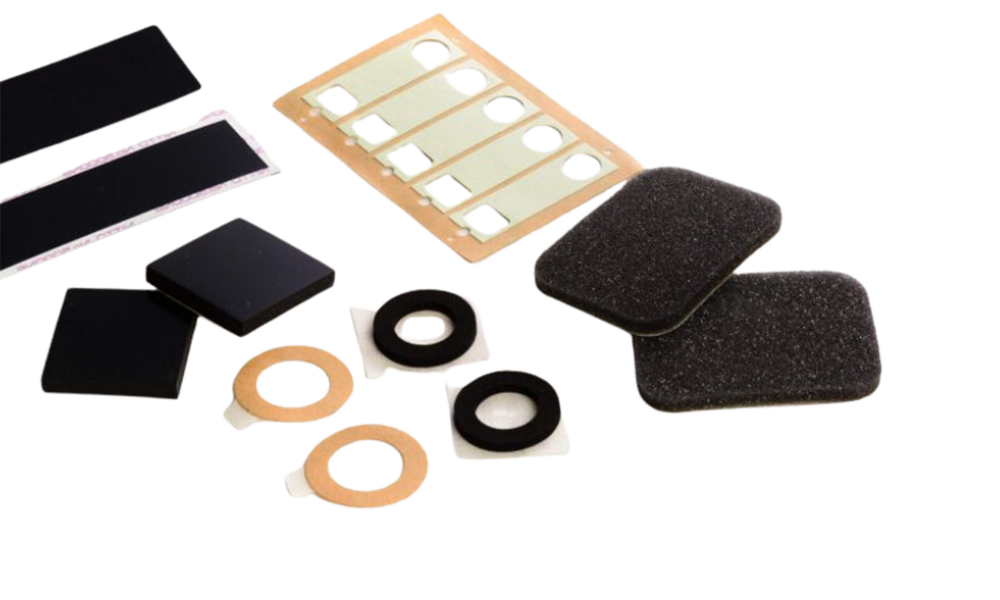
Vacuum Casting
Urethane Casting
- Material flexibility
- High transparency
- Production-like parts
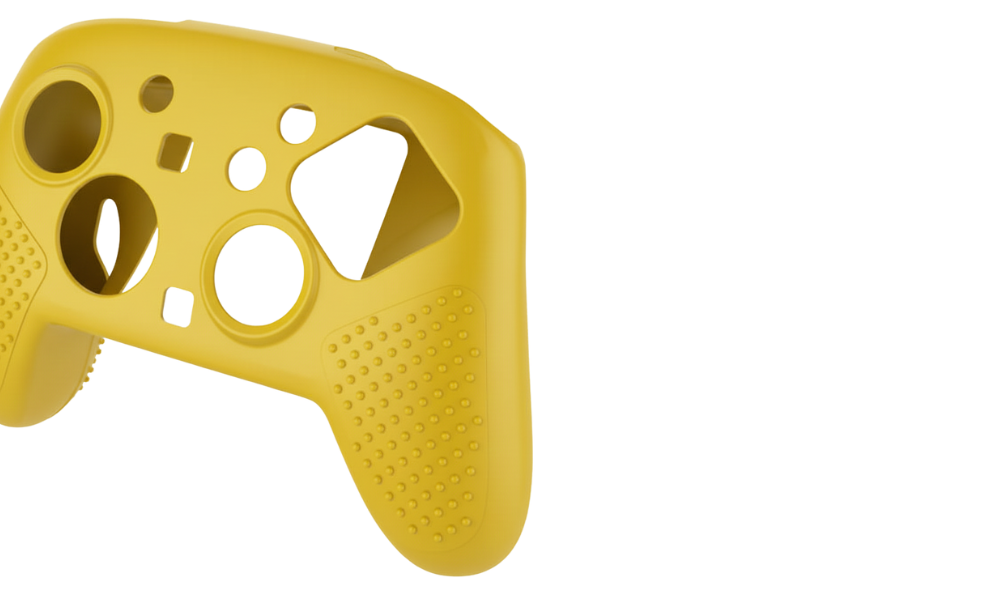
CNC Machining
Milling, Turning
- Tolerances down to ± 0.03 mm
- 3 & 5 axis
- Anodizing, powder coating
- Wide range of material
Start your next project with us today
Manufacturing limitless possibilities with industrial fabrication solutions.
How Does CNC Machining Work
The Four Stages of CNC Machining:
Before CNC machining begins, the 2D or 3D model of the final design is required. This model is created in CAD software. There are many CAD software programs available online, free and paid.
Creating CAD models is not difficult and can easily be learned. However, some complex parts might require more experience with CAD, for which expert designers can be hired.
No CNC machine understands CAD language directly. CNC machines only recognize movement based on coordinates. Therefore, the CAD model must be converted to a CNC understandable file called G code.
Many CAD software programs can write the output file directly in G code by using the particular setting before saving the file.
In other cases, converting the CAD design to G code will require dedicated software called Computer Aided Manufacturing (CAM). CAM software is a very functional tool when it comes to the automation of machine processes.
Besides using CAM software, many simple free tools can convert simple CAD designs to G code with the click of a button. However, they don’t have the vast suite of features that CAM software offers.
Before starting manufacturing processes, the CNC machine must be set up the right way.
Think of this as configuring the printer before you print something. You need to feed the printer with pages and check specific settings. CNC machines operate similarly.
Before machining begins, there are many setup processes to complete. For instance, you must ensure the workpiece is properly positioned on the machine. The dies must also be set correctly, and other position settings.
Once the configuration stage is complete, the machine operation can begin. For this, you can execute the program on the display panel of the CNC machine.
Depending on what you design, you might have to go through various program prompts to choose different types of settings and options.
Once the CNC program is executed, the machine keeps going till the end of the program. It only stops if switched off by the operator or in the case of an unexpected error or power disruption.
CNC Machining Processes
CNC Milling
CNC milling is a process that creates complex and precise shapes by removing material from a workpiece using a cutting tool controlled by a computer program.
CNC milling service is commonly used for:
- Functional prototypes
- Jigs and Fixtures
- Production components in lower volumes
CNC Turning
CNC turning is a manufacturing process that entails rotating a workpiece while a cutting tool removes material, shaping the workpiece to the desired form or dimension. This automated process is controlled by computer numerical control (CNC) software.
CNC turning is often used for:
- Functional prototypes and end-use parts
- Parts with cylindrical features
- Parts with axial and radial holes, flats, grooves, and slots


